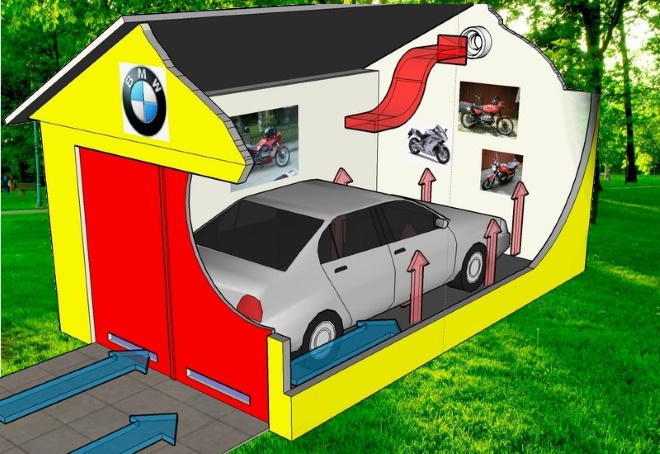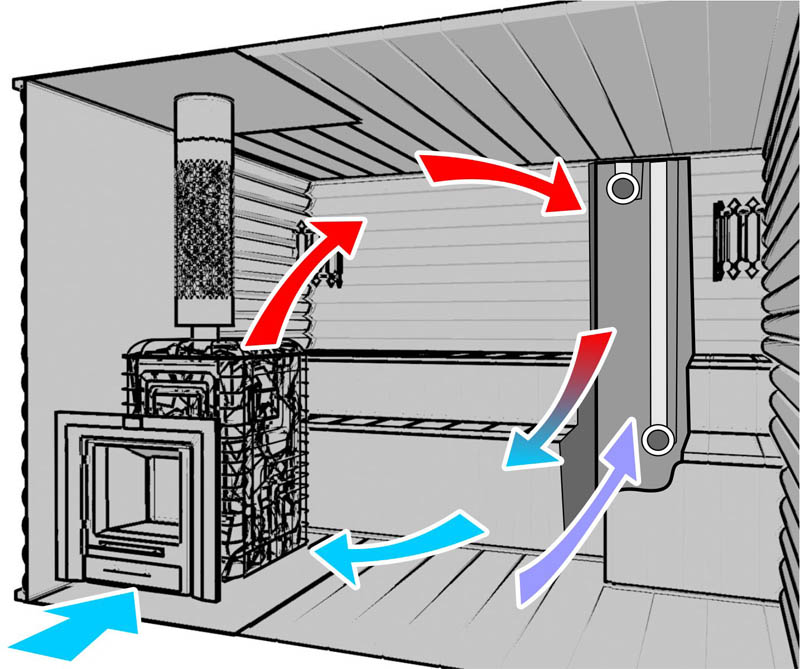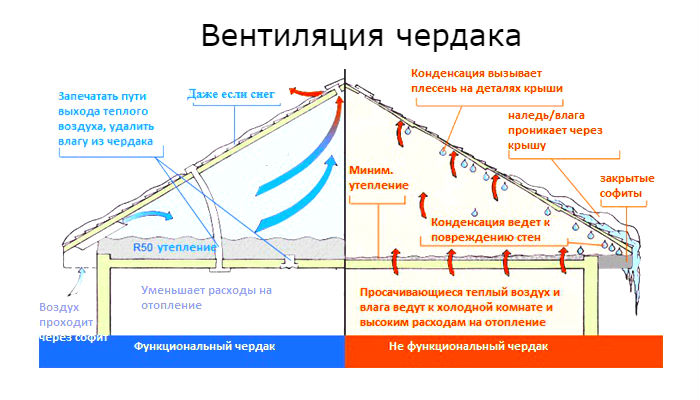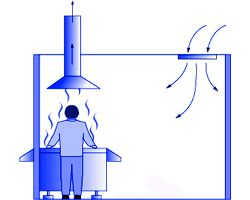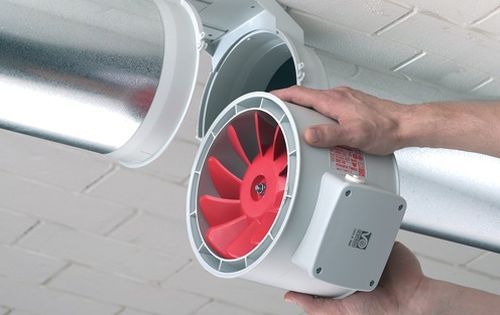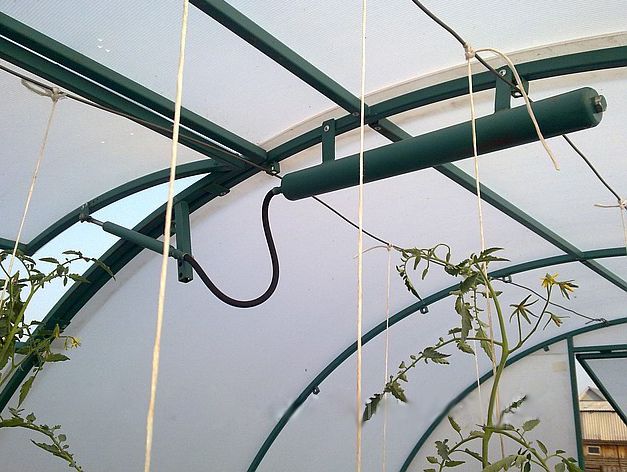Nowadays there is no such large industrial enterprise in nature at which a large concentration is created:
- raw materials;
- energy capacities;
- transport and PM
- workers;
- other commodity-material values where deep air purification would not be needed.
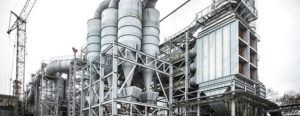
This is an ordinary and indisputable demand of the time itself regarding the preservation of the ecology, life and health of people, increasing the efficiency of labor in the creation of goods and material benefits to meet the needs of society.
The modern aspiration system in the working rooms of factories, factories, chemical, oil refineries and other enterprises is the next step in the development of ventilation to create a healthy workshop atmosphere, which, together with dust and gaseous production wastes, was not so long ago simply removed directly into the ecological system of the region. ...
The aspiration process differs from ordinary ventilation of premises, first of all, in that the removal of dry suspension of the smallest solid particles together with polluted air is carried out directly from the working area, where, in fact, the most intensive formation of environmentally harmful dust occurs. This approach to deep air purification technology is not only the most effective, but also the most economical.
Equipment for aspiration plants
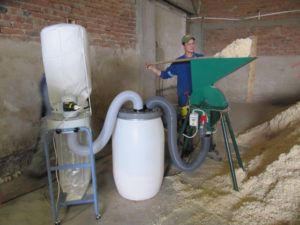
For each specific workshop, both the ventilation system, which creates and controls the air flows in the room, and the aspiration units, which are engaged in the direct removal of the smallest solid particles before they enter the workshop airspace or into the atmosphere, are developed jointly.
Installations for deep air aspiration are of two types:
- Monoblock, when a completely autonomous unit is created with a closed process of selection, collection and disposal of dry dust particles. Therefore, it usually consists of one or more fans, filters and a special container for the concentration of the selected waste.
- Modular, when a single system is designed with air ducts supplied to different workplaces, low and high pressure fans, separators, containers for collecting and storing waste. Such systems can be created both for a separate shop and for a whole complex of production facilities of the plant.
There are direct-flow aspiration units, when the air flow after cleaning is released into the atmosphere, recirculating ones, when the clean air flow returns to the room either directly or through the ventilation system.
The main equipment of aspiration installations includes:
- Cyclones. This is a two-chamber ventilation device that creates a centrifugal air vacuum of a high degree: large particles are concentrated in the outer chamber, and small ones accumulate on the surface of the inner one.
- Filtration sleeves and pipelines. When passing through them, the polluted air flow loses a significant part of solid inclusions on their walls.
- Filters and sedimentation tanks. They can be installed both instead of atmospheric cyclones and on pipelines at transitions to ventilation.
- Catchers for large particles and metal shavings. They are installed directly near the workplace, for example, next to machines.
- Press and waste containers.
Evaluation of the work of aspiration in the workshop
Aspiration performance in industrial production is assessed by:
- by the total amount of disposed waste;
- in relation to the “non-deletion of harm” to the “initial harm” of the technological process. That is, in the air volume that has passed through the deep cleaning system, the amount of dust that has escaped disposal is determined.
Ventilation efficiency is determined only by the volume of air flow that has been removed from the room without creating drafts that can harm the health of workers.
Basically, the performance of the aspiration system is reduced by all kinds of leaks in the connections in the pipeline system and filter bags. They create up to 15 - 20% loss in aspiration efficiency and force more powerful electric motors to be installed on cyclone fans. Therefore, on operated systems, it is necessary to periodically carry out inspections and scheduled preventive repairs to eliminate defects on the joints of pipelines and filtration sleeves.
Design and installation of aspiration on operating technological equipment
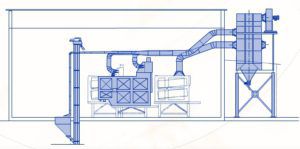
Increasing environmental requirements is a global trend in modern technological progress. Therefore, the installation of aspiration for almost all industrial enterprises is a mandatory technical measure that enhances the culture of production.
For the design and installation of air aspiration equipment, there is no need to change existing technological processes. Since the treatment plants are made to order, the design organization adapts the aspiration to the available technological equipment. Connection to the conditions of a specific workshop and accuracy in calculations predetermines both the concise terms of the installation of systems, and the efficiency of its operation in the future.
At the design stage, in addition to the location of shop equipment, pollution centers and aspiration points, the following initial data are determined:
- Air consumption and vacuum reduction at each cleaning point.
- The speed of movement of air flows through pipelines and hoses of a certain diameter and length.
After that, calculations are made to establish the types of dust collectors, the diameters of the air ducts at each section are specified, the amount of waste and filters is determined, and so on.
After the creation of technical documentation, a plan is drawn up for the installation work, achieving the minimum time for stopping the technological process, which will be required for the direct installation of aspiration equipment.

